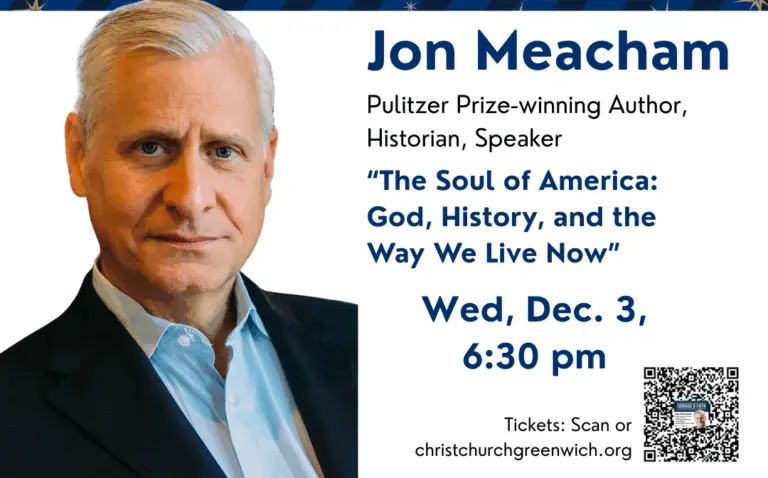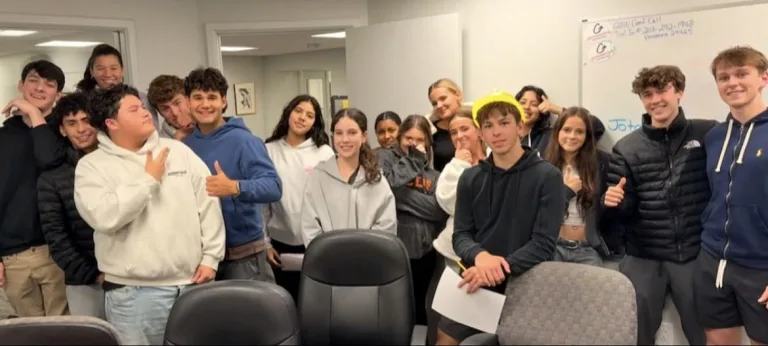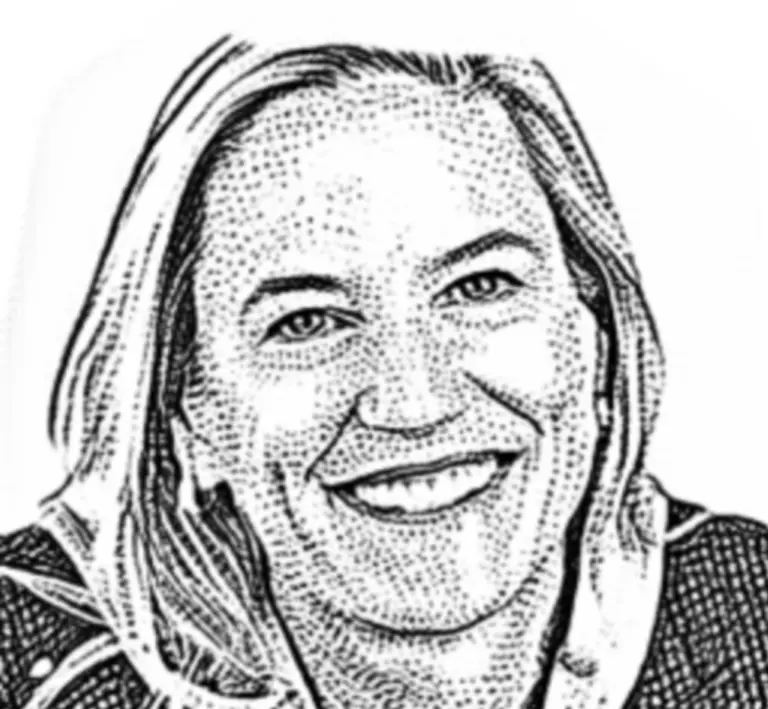
The Greenwich Historical Society’s new exhibition, Re-Framing 95, is a compelling new interactive exhibition that invites visitors to explore the intersection of art, history and infrastructure. The indoor and outdoor installation, created in collaboration with Untapped New York and Untapped New York’s artist-in-residence Aaron Asis, is on view through June 30 at the Historical Society’s Cos Cob campus at 47 Strickland Road, Cos Cob, Connecticut.
The Re-Framing 95 installation features five floating large-scale gold frames placed throughout the Historical Society campus and grounds of the National Historic Landmark Bush-Holley House. Each frame draws attention to historic views altered by the construction of Interstate 95, encouraging viewers to reimagine the impact of development on the local landscape.
To encourage deeper engagement, the Historical Society is encouraging visitors to participate in a Re-Framing 95 Instagram photo contest. Visitors who find and photograph themselves with at least three of the five gold frames—with bonus points for capturing all five or the handheld frame in the gallery—can enter to win a prize package. To participate, post photos to Instagram with the hashtag #reframing95 and tag @greenwichhistory, @untappedny and @aaron_asis. Winners will receive two tickets to an upcoming Rediscover Greenwich Avenue walking tour and a limited-edition art print by Asis.
Inside the museum gallery, Re-Framing 95 continues with a curated selection of Impressionist paintings and drawings created during the late 19th and early 20th centuries, when the Bush-Holley House served as the heart of the Cos Cob Art Colony—Connecticut’s first American Impressionist art colony. The colony included influential artists such as Childe Hassam, John Henry Twachtman and Elmer MacRae, who were drawn to the beauty and tranquility of the Cos Cob waterfront. MacRae also lived at the Bush-Holley House after marrying Emma Holley, who grew up in the Bush-Holley House.
In an innovative twist, the exhibition pairs these historic artworks with contemporary companion pieces by Asis, which imagines how the same scenes might appear if drawn or painted today—with I-95 in the background.
“This exhibition redefines how we interact with art, history and the built environment,” said Debra Mecky, executive director and CEO of the Greenwich Historical Society. “We encourage everyone to come see these striking juxtapositions and view Cos Cob’s landscape with new perspective.”
The installation is part of the Historical Society’s Rediscover Greenwich initiative, a yearlong campaign that highlights aspects of Greenwich’s past and present through exhibitions, programs and community partnerships.
Visitors are also encouraged to experience two additional exhibitions opening this spring:
Two Way Street, with a preview now open at the Greenwich Arts Council, is a collaborative exhibition presented in partnership with the Greenwich Historical Society, Untapped New York and Greenwich Arts Council, that will feature large-scale installations and murals of what Greenwich Avenue looked like in its past, with what it looks like today. A sneak peek of one of the large installations debuted April 12 at the opening of the Greenwich Arts Council’s opening party for its own exhibition Patterns of Self.
Rediscover Greenwich Avenue, Greenwich Historical Society and Untapped New York’s second large-scale exhibition highlighting Greenwich, will open May 1 on Greenwich Avenue in collaboration with the Greenwich Arts Council Art to the Avenue. The exhibition, which features murals on some of the Greenwich Avenue buildings, guided walking tours and interactive QR codes on the murals for self-tours, examines the evolution of Greenwich Avenue through rare photographs, maps and personal stories from the Greenwich Historical Society archives, connecting generations of change. Rediscover Greenwich Avenue’s walking tours will culminate with a stop at the Greenwich Arts Council to see the exhibition Two Way Street and also offers an opportunity to stop in at the Bruce Museum to see its Impressionist exhibit Nature’s Impressions: The Modernist Landscape.
For more information, to plan your visit, or to enter the photo contest, visit greenwichhistory.org.
Greenwich Historical Society was founded in 1931 to preserve and interpret Greenwich history to strengthen the community’s connection to our past, to each other and to the future. The circa 1730 National Historic Landmark Bush-Holley House witnessed slavery and the American Revolution and became the site of Connecticut’s first American Impressionist art colony from 1890 to 1920. Its landscape and gardens are restored based on documentation from the site’s Impressionist era. The campus also includes a nationally accredited museum, library and archives, a museum store, café and a community education center. Greenwich Historical Society educates thousands of school children annually and connects visitors to the history of this globally influential community through exhibitions, lectures, programs and events. It receives no town funding and relies on donations and grants to continue its work in education and preservation. Learn more at greenwichhistory.org.
Untapped New York unearths New York City’s secrets and hidden gems. Founded in 2009, Untapped New York is powered by a team of passionate New Yorkers, always exploring the city and dedicated to its mission of discovery. Visitors uncover new secret and hidden places, get behind-the-scenes access and meet the incredible people shaping the city. Experience NYC’s secrets and hidden gems in person with Untapped New York’s local guides or access the city’s most off limits places by joining its community of passionate Untapped New York Insider members. Untapped New York offers many ways to discover New York City and the surrounding suburbs. Learn more at untappedcities.com




